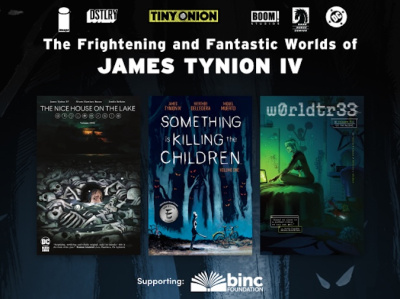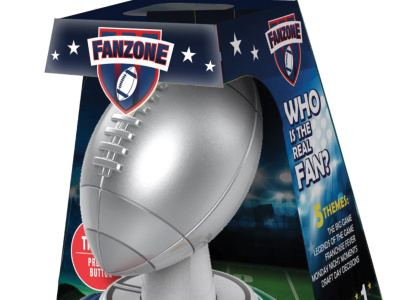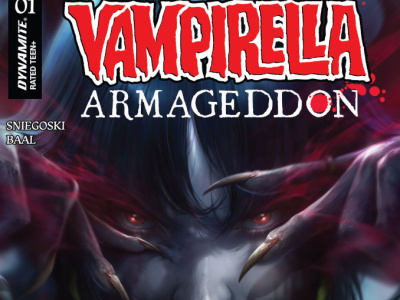
The cover for the May/June issue of The Scholastic Instructor, “the most read, most valued, and most trusted K-8 professional educator magazine,” features the gang from Archie Comics and a comics-friendly message that reading comics is “actually a good thing.” The cover article by Samantha Cleever goes on to point out that “comics and their generally more complex, nuanced cousins graphic novels, are not only regarded as educational tools by savvy teachers, they are also taken seriously as literature and an art form in their own right.”
What is especially interesting about this article is not just that it cites a number of graphic novels such as Mouseguard Fall 1152, Bone, Amelia Rules, American Born Chinese, the Archie Americana Series, Laika, etc. that can help kids with reading and comprehension, it is the emphasis on teaching about the nature of medium itself and what it takes to create a work of sequential art with a special emphasis on having kids create their own comic book stories. Cleever quotes Michael Bitz of the Columbia University School of Education, who notes, “The idea of using comics as an educational tool is not new, what is new is the larger embrace of comics as literature.” And the suggestions in the article to create a special end-of-the-year unit on comics in which the students would breakdown their own essays about what they did in school this year in order to create a comic story is a most encouraging bit of evidence that educators are not just overcoming decades-old prejudices against comics—they are really starting to understand the complexities of the medium and the numerous ways in which it can be utilized in an educational environment.







